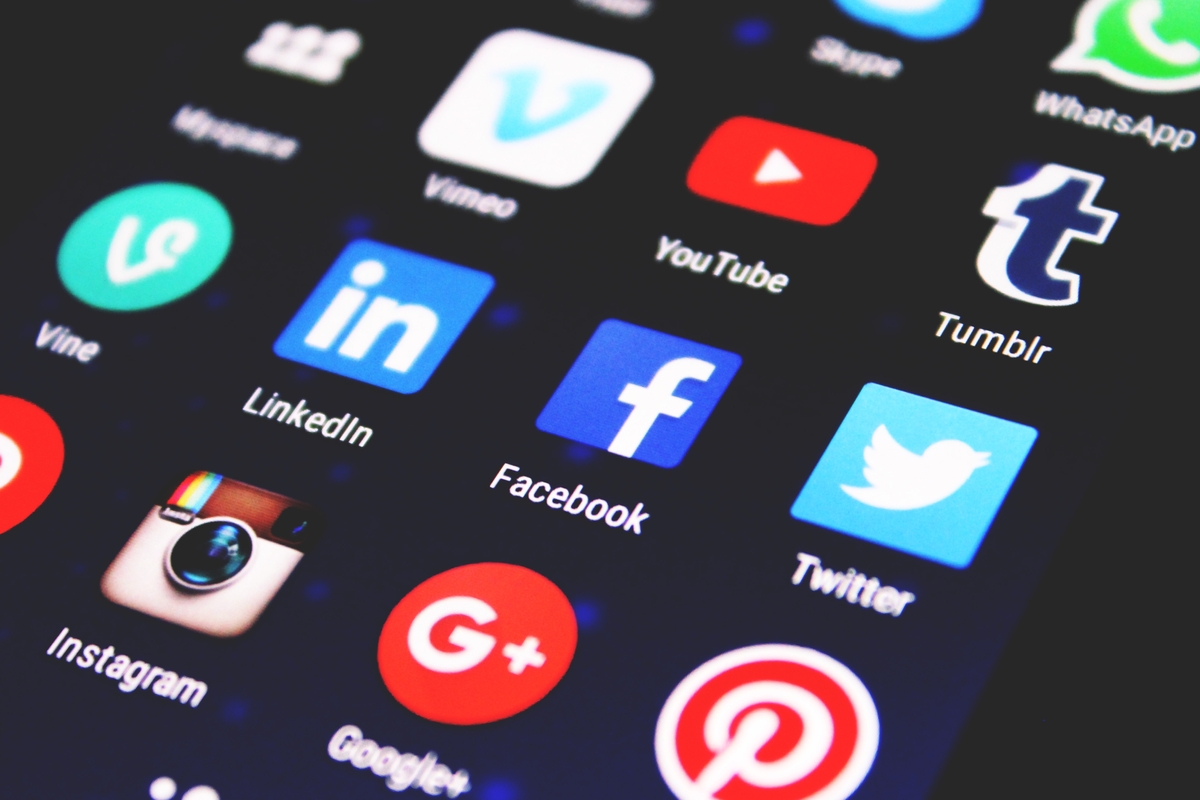
In today’s hyper-connected digital age, the dream of “going viral” has transformed from a fleeting hope into a strategic objective for countless brands, creators, and individuals. We’ve all witnessed posts, videos, or memes explode across our feeds, captivating millions while others, seemingly similar, vanish without a trace. This phenomenon often feels like pure luck, an unpredictable roll of the dice in the vast ocean of online content. Yet, as we delve deeper, a fascinating truth emerges: virality is anything but random. It adheres to a sophisticated set of psychological, behavioral, and technical patterns that, when understood and applied, can make content irresistible to share.
Indeed, the notion that some content gains millions of shares while others disappear into obscurity isn’t just a matter of chance. It’s a science. Understanding these underlying factors—from the primal emotions they trigger to the intricate algorithms that govern our digital experiences—provides a roadmap for crafting messages that resonate deeply and spread widely. This isn’t about manipulating audiences, but about leveraging the inherent human desire for connection, information, and shared experience in an increasingly noisy world. The path to viral success, therefore, is paved with insights into human psychology and the mechanics of digital platforms.
This article will explore the core psychological drivers and strategic approaches that elevate content from mere posts to global phenomena. We’ll break down the science behind why we hit that ‘share’ button, dissecting the key elements that transform an ordinary piece of content into a viral sensation. By uncovering these principles, we can begin to appreciate that while a guaranteed formula remains elusive, aligning with these proven patterns significantly increases the odds of making a profound impact in the digital world.

1. **The Emotional Trigger: Why We Share What We Feel**One of the most potent forces behind content virality is emotion. Content that sparks intense feelings — be it joy, awe, surprise, anger, or even nostalgia — possesses an inherent power to compel sharing. These emotions create a sense of urgency, an almost instinctual drive to spread the message, whether to celebrate, commiserate, or simply express a shared sentiment. This is why uplifting stories, funny memes, and motivational posts often spread quickly; people want to share good vibes with their network, amplifying positive experiences across their social circles.
Conversely, negative emotions can be just as, if not more, viral. Controversial opinions, shocking news, or content highlighting injustice often gain significant traction. These types of posts provoke strong reactions and discussions, igniting outrage or fear that prompts immediate sharing as people feel compelled to voice their concerns or alert others. The sheer intensity of these feelings overrides passive consumption, transforming viewers into active disseminators of the message.
Research consistently underlines the critical role of emotional arousal. A study by Jonah Berger, author of *Contagious: Why Things Catch On*, found that content evoking high-arousal emotions—whether positive or negative—was significantly more likely to be shared than neutral or low-energy content. This finding is further supported by AI-powered analyses in 2025, which reveal that high-arousal emotions (excitement, awe, humor, outrage) can increase sharing likelihood by a remarkable 300% compared to neutral content. Tools like Reelmind’s Emotion Heatmap Analysis even scan facial expressions and audio tone to pinpoint moments that trigger the strongest responses, highlighting awe, humor, outrage, and nostalgia as top viral emotions.
Even in seemingly dry industries, the strategic incorporation of storytelling and emotion can yield significant results. Brands in sectors like corporate recognition or art glass awards, by weaving narratives that evoke feeling, often see higher engagement and social shares. This demonstrates that regardless of the subject matter, tapping into the emotional core of the audience is a universal key to unlocking shareability, transforming passive consumption into active participation and dissemination.
Read more about: Reclaiming Your Attention: A Practical Guide to Breaking Free from the Endless Scroll of Social Media

2. **The Power of Relatability & Shared Experiences: Connecting Through “That’s So Me!”**Beyond raw emotion, the ability for content to resonate on a personal level is a cornerstone of virality. People are inherently drawn to content where they can see themselves, their experiences, or their inner thoughts reflected back. This immediate connection, often articulated with an exclamation like “That’s so me!” or “I feel that!”, makes sharing almost an automatic response. It’s a way of saying, “Someone else understands this, and I want my network to know I do too.”
This principle explains the widespread success of memes, life-hack videos, and personal anecdotes. A tweet humorously detailing the struggle of waking up early on a Monday, or a video showcasing a pet reacting hilariously to a common household sound, taps directly into universally understood experiences. These are moments that many people encounter in their daily lives, creating an instant bond and a desire to share with others who undoubtedly share similar sentiments or situations.
Relatability also extends to deeper, collective emotional experiences. When large groups simultaneously encounter and react to content, whether it’s through theatrical releases, live events, or social media trends, the shared experience itself becomes a powerful part of the appeal. This collective emotional resonance amplifies a work’s impact, turning individual consumption into a communal event. It’s this group dynamic that often explains why certain works become cultural touchstones, even when equally well-crafted pieces, consumed in isolation, fail to achieve the same widespread status.
The content that achieves broad audience appeal often taps into fundamental human experiences like love, triumph, nostalgia, or overcoming adversity. Different forms of entertainment achieve this through various means—music through melody and lyrics, films through character arcs and cinematography, and viral trends through relatable humor or commentary. When content strikes these universal chords, it transcends individual preferences and becomes a shared language, easily understood and eagerly passed on from person to person. The physiological component of emotional responses, such as content that literally gives people chills or makes them laugh out loud, creates memorable physical associations that further reinforce the desire to revisit and share the experience.
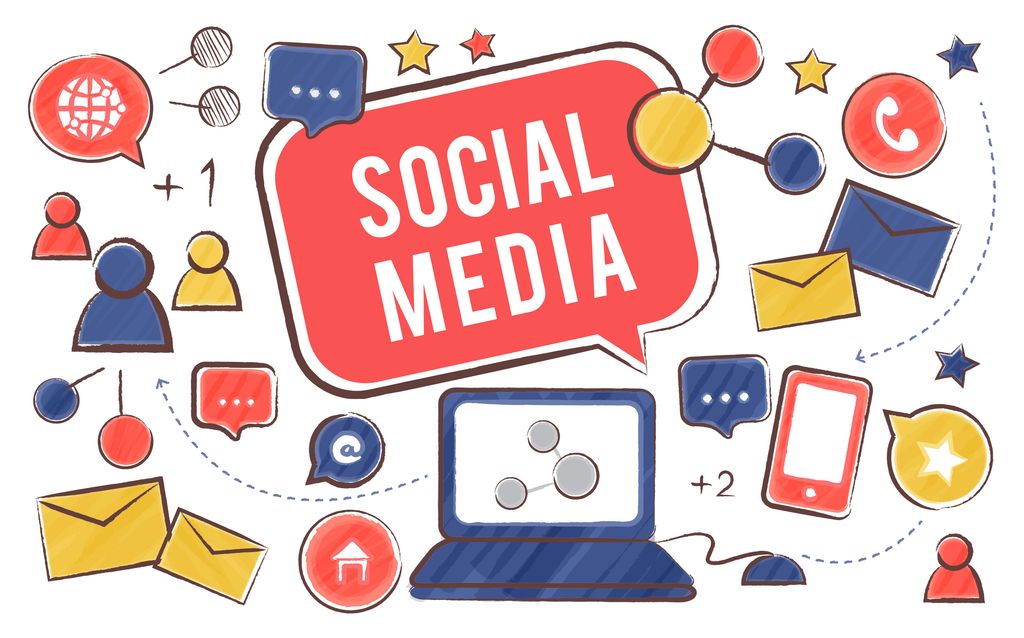
3. **Social Currency & Social Proof: The Drive to Be In-the-Know and Follow the Herd**Virality often thrives on the concept of social currency—the idea that sharing certain content makes us look good to our peers. People want to be perceived as smart, funny, insightful, or as early adopters of cool, new, or important information. This desire to enhance one’s social standing motivates the sharing of content that offers a perceived insider advantage or demonstrates cultural awareness. When people feel part of an inside joke, a trending movement, or are among the first to discover new information, they are far more likely to share it, leveraging it as a form of social capital.
This intrinsic human drive is closely linked to the fear of missing out (FOMO). When a trend starts gaining momentum, the feeling of being left behind can compel individuals to jump on the bandwagon and share to maintain relevance within their social circles. New challenges, like the original Ice Bucket Challenge, trending memes, or breaking news stories often go viral quickly precisely because they offer an opportunity for individuals to engage in a culturally significant moment and demonstrate their participation in the broader social discourse. Studies, including those cited in Jonah Berger’s *Contagious*, show that “insider” content and surprising facts are highly shareable because they fulfill this need for social currency.
Furthermore, the principle of social proof plays a significant role. Humans are naturally influenced by others; we tend to follow the lead of the majority, especially when we are uncertain. When content is widely shared, endorsed by influential figures, or highlighted by visible metrics like chart positions, it gains credibility and momentum. This “herd mentality” leads people to assume that if so many others are engaging with something, it must be valuable or worth their attention. This explains why similar quality works can have dramatically different reception trajectories based on early adoption patterns, as initial momentum can create a powerful snowball effect.
In the digital age, the role of influencers and early adopters has expanded exponentially. When respected voices within specific communities champion content, it can rapidly accelerate adoption within that group before spreading more broadly. This network effect—where the perceived value of something increases as more people engage with it—is a critical component of viral spread. Whether through organic momentum or strategically cultivated early engagement, social dynamics ensure that content that is already popular tends to become even more so, driving massive scale and widespread cultural recognition.

4. **The Familiarity-Novelty Balance: Crafting Content with Comfort and Surprise**One of the profound psychological insights into what captures mass attention lies in the delicate balance between familiarity and novelty. Human brains are intrinsically wired to respond positively to elements that are comfortably recognizable, providing a sense of safety and ease. Yet, simultaneously, we possess an innate curiosity and a desire for fresh stimulation, something new and unexpected that piques our interest. Content that skillfully navigates this psychological sweet spot often achieves widespread appeal, drawing audiences in with what they know, then captivating them with a twist.
Successful cultural products, from musical hits to movie plots, frequently employ this duality. A popular song might utilize common chord progressions, offering a foundation of familiarity, while introducing unexpected melodic twists or innovative lyrical themes to satisfy the desire for novelty. Similarly, successful movie plots often follow classic story structures that audiences instinctively understand, yet introduce original visual styles, unique character perspectives, or unforeseen narrative turns that keep viewers engaged and surprised. This blend ensures the content is neither too bland nor too alienating.
This intricate balance also explains the enduring popularity of remakes and reboots of familiar properties. These works benefit from pre-existing recognition and a foundation of comfort, which lowers the barrier to entry for audiences. However, their widespread success hinges on their ability to offer some innovative element—a fresh interpretation, a modern aesthetic, or a new angle—that satisfies the audience’s craving for novelty. Content that leans too heavily toward either extreme, being excessively familiar or overly avant-garde, tends to have a more limited appeal, struggling to capture the broad middle ground necessary for virality.
The mere exposure effect further underscores the power of familiarity: repeated encounters with something tend to increase our liking for it. This psychological phenomenon explains why songs grow in popularity after multiple radio plays or streams, and why movie trailers strategically repeat certain signature moments. Strategic repetition builds a comfortable familiarity that, when coupled with a touch of novelty, can tip content into hit territory. It’s about creating an entry point that feels welcoming, then delivering an experience that feels fresh, memorable, and ultimately, shareable.
5. **Storytelling’s Enduring Power: Humanizing Ideas and Inspiring Empathy**At the core of human communication and connection lies storytelling. Humans are inherently wired for narratives; stories increase recall, create empathy, and possess an unparalleled ability to move audiences to action. Viral content, across various formats, frequently leverages this fundamental human trait by telling a relatable or aspirational story. These narratives create emotional bonds, making content memorable and deeply personal, which in turn fosters a stronger desire to share.
Compelling narratives transcend mere information delivery, transforming abstract ideas into concrete, human experiences. A great story has the power to humanize an idea, making it accessible and emotionally resonant, thereby inspiring empathy in its audience. Whether it’s a brand campaign sharing a customer’s journey, a short film with a powerful message, or a series of personal anecdotes, the structure of a story provides a framework through which complex emotions and ideas can be easily understood and internalized by a broad audience.
Consider the powerful impact of projects like Humans of New York. This initiative leverages storytelling by featuring personal, heartfelt tales that captivate audiences worldwide. Each individual story, though concise, builds an emotional connection, fostering empathy and making the content inherently shareable. It’s not just about the facts of a person’s life, but the emotional journey and universal themes embedded within their narrative that resonate so deeply with viewers, compelling them to pass on the experience.
The enduring power of storytelling also explains why case studies, testimonials, and personal journeys often achieve viral status. These narratives provide context, authenticity, and an emotional arc that dry facts or statistics cannot. By presenting information within a narrative framework, creators can build suspense, evoke strong feelings, and ultimately, leave a lasting impression that encourages viewers to not only remember the content but also to actively share it with their networks, propagating its message through the power of shared human experience.

6. **Simplicity and Clarity: Cutting Through the Digital Noise for Instant Comprehension**In a world saturated with information and characterized by increasingly short attention spans, simplicity and clarity are paramount for viral success. The easier a concept is for people to understand and digest instantly, the more likely it is to spread. Overly complicated messages, dense jargon, or convoluted setups simply fail to grab attention quickly and are often dismissed before they have a chance to resonate. The digital landscape rewards content that is immediately comprehensible and effortlessly shareable.
Viral content is almost always easy to “get” instantly—there are no long introductions, no complex explanations, and no need for extensive context. The most effective content production teams focus on delivering a single, powerful message per post or video. This directness reduces cognitive load for the viewer, making it simple to grasp the core idea and, crucially, to re-transmit it to others without losing its essence. This efficiency is vital in fast-paced platforms where users scroll rapidly through vast amounts of content.
Nike’s iconic “Just Do It” slogan is a prime example of simplicity as a viral driver. Its brevity, motivational undertone, and universal applicability make it timeless and appealing across cultures and demographics. The slogan doesn’t require explanation; it’s an immediate call to action and a philosophy encapsulated in three words. Similarly, TikTok dance challenges often succeed because the dance steps are easy to follow, making participation accessible and unintimidating for millions, thereby fueling their virality.
This principle applies not just to slogans but to the entire structure of viral content. From the technical perspective, videos with fast cuts (under 1.5 seconds per shot), text overlays in the first frame, and an immediate payoff (e.g., a surprising visual) retain 2.5x more viewers than slower-paced clips, as revealed by AI analysis. This underscores that even the technical elements of content creation must prioritize rapid comprehension and engagement. By stripping away complexity and focusing on a clear, impactful core message, creators dramatically increase their content’s potential to cut through the noise and achieve widespread virality.
These initial six principles—emotion, relatability, social currency, the familiarity-novelty balance, storytelling, and simplicity—form the bedrock of why content resonates with audiences and compels them to share. However, understanding these psychological drivers is only half the battle. The other half involves strategic execution, algorithmic mastery, and a keen eye for cultural timing, which we will explore in further detail.
While understanding the psychological drivers that make content resonate and compel sharing is fundamental, it is only one part of the equation. The other half involves strategic execution, a keen understanding of platform mechanics, and an agile approach to cultural timing. This section will delve into the practical strategies and technical considerations that elevate content from mere posts to widespread phenomena, ensuring that messages not only connect emotionally but also achieve maximum visibility and reach in the crowded digital landscape.
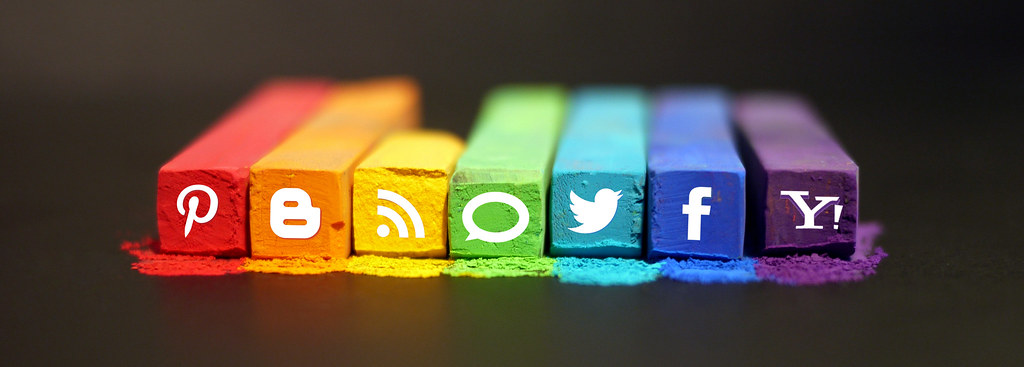
7. **Practical Value & Utility: Content That Helps, Informs, and Spreads**Content that offers genuine utility stands as a powerful catalyst for virality. People are inherently motivated to share information that they perceive as beneficial, whether it’s a clever life hack, a step-by-step tutorial, or a piece of insightful knowledge that solves a problem or simplifies a task. This drive stems from a desire to help others within their network, positioning the sharer as a valuable resource and enhancing their social standing.
This principle is evident in the widespread success of DIY tutorials, practical recipes, and productivity hacks that proliferate across platforms like Instagram and Pinterest. Such content doesn’t just entertain; it equips viewers with actionable information they can immediately apply to their lives. The perceived value transforms passive consumption into active dissemination, as users naturally want to pass on these ‘gems’ to friends, family, or colleagues who might also benefit.
From a strategic perspective, emphasizing practical value means creating ‘life improvement’ posts or ‘bite-sized guides’ that outperform generic promotional material. These pieces often take the form of how-to guides, checklists, or quick tips designed to be immediately useful. The more directly content addresses a common need or provides a tangible solution, the more likely it is to be enthusiastically shared, turning individual utility into collective amplification across social networks.

8. **Algorithmic Optimization: Understanding and Leveraging the Invisible Gatekeepers**While human psychology drives our intrinsic sharing behaviors, the algorithms of social media platforms act as the invisible gatekeepers that determine what content truly gets seen. Understanding and strategically leveraging these algorithms is paramount for achieving widespread virality. Platforms like TikTok, Instagram, and Twitter prioritize content that demonstrates high engagement, creating a powerful feedback loop where early interaction significantly boosts visibility.
When a post receives rapid likes, comments, shares, and a high watch time shortly after publishing, the algorithm interprets this as a strong signal of quality and relevance. This early engagement triggers the algorithm to push the content to a larger audience, which in turn can lead to even more interactions, perpetuating a snowball effect. This cycle is why platforms reward content that is not just engaging but also interactive and fast-paced, particularly in visually driven formats.
Engagement velocity, or how quickly content gains traction, is now more critical than ever. AI studies reveal that comments hold more weight than shares, which in turn outweigh likes, in algorithmic prioritization. Threaded discussions and reply chains are especially valued, signaling “high-value” content. Furthermore, watch time, particularly if viewers complete more than 50% of a video, is a critical metric. Platforms also favor content that keeps users on-platform, leading to the “rabbit hole” effect where videos that encourage longer session times, binge patterns, and clicks on suggested videos are heavily promoted.

9. **Trends & Timing: Riding the Wave of Cultural Relevance and Maximizing Visibility**Virality is often inextricably linked to cultural relevance and impeccable timing. Content that successfully taps into an existing trend—whether it’s a popular sound, a viral dance, or a breaking news event—possesses a significantly higher chance of gaining widespread traction. These trends act as pre-existing conversations, providing a fertile ground for content to embed itself and spread naturally within active dialogues.
Beyond merely aligning with trends, the timing of content publication is equally crucial. Posting content during peak activity hours, such as mornings or evenings when most users are online, can dramatically increase its initial visibility. Conversely, sharing content based on an outdated trend can instantly render it irrelevant, causing it to disappear into obscurity before it ever has a chance to resonate with an audience. The rapid pace of digital culture demands agility and foresight.
Cultural moments, whether global events like the World Cup or local phenomena, create unique windows of receptivity for specific types of content. Memes surrounding live events, for example, often skyrocket in popularity because they are timely and align directly with the audience’s current interests and shared experiences. Works that either inadvertently or intentionally tap into prevailing societal moods benefit immensely from this alignment, demonstrating that virality is often about being in the right place at the right time with the right message.
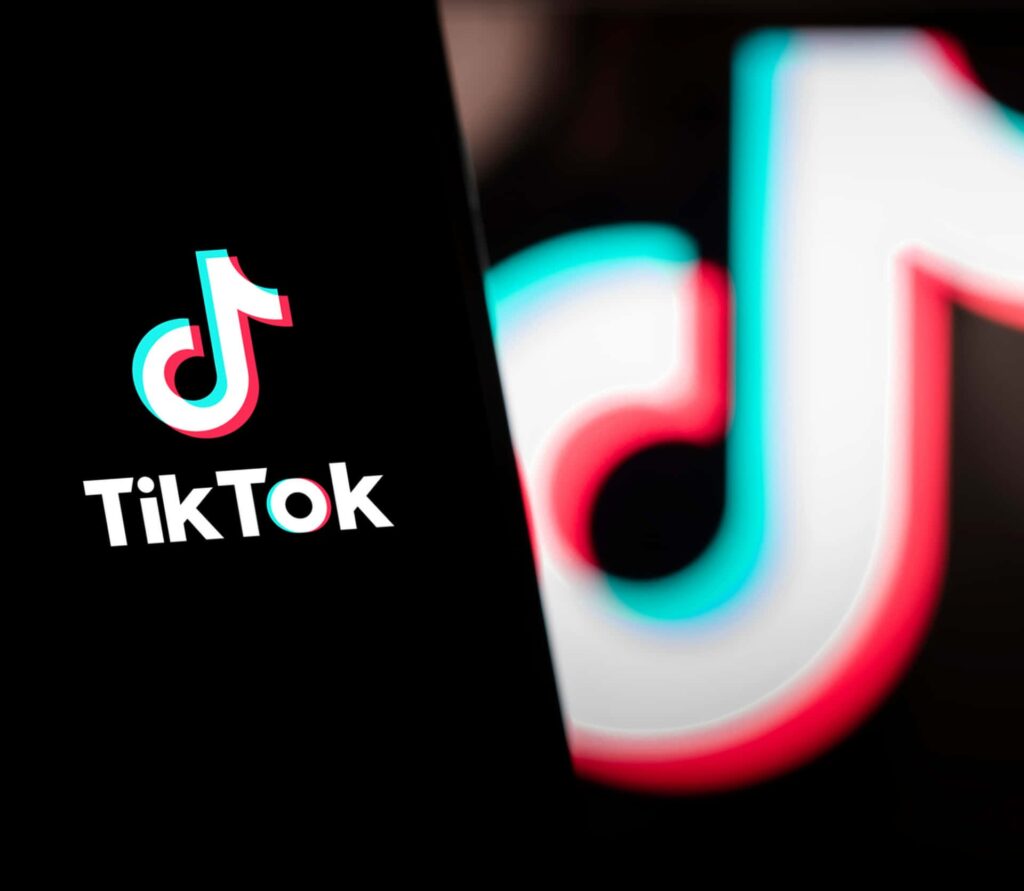
10. **Thumb-Stopping Visuals & Hooks: Mastering the Art of Instant Engagement**In a digital landscape saturated with content, the ability to immediately capture attention—to be “thumb-stopping”—is non-negotiable for viral success. With platforms like TikTok and Instagram Reels conditioning audiences to make snap judgments, creators have a mere three seconds to hook a viewer before they scroll past. Research shows that 80% of users will abandon a video if it doesn’t engage them within this critical initial timeframe.
Mastering the art of the hook involves strategic visual and auditory choices. Bold colors, dynamic motion, prominent text overlays, and the inclusion of human faces are all proven techniques to break through the endless scroll. These elements are designed to create an instant visual impact, compelling viewers to pause and engage rather than passively swipe by. The goal is to make the content impossible to ignore in those crucial first moments.
From a technical perspective, AI analysis of viral videos reveals specific structural elements that drive immediate engagement. Videos featuring fast cuts, often under 1.5 seconds per shot, are significantly more likely to retain viewers. Similarly, placing text overlays directly in the first frame provides instant context, while an immediate payoff—such as a surprising visual or a quick punchline—can increase viewer retention by 2.5 times compared to slower-paced clips. These precise technical optimizations are key to transforming casual viewers into engaged audiences.

11. **Speed, Agility & Consistent Testing: The Iterative Path to Viral Success**To truly thrive in the fast-paced world of viral content, creators and brands must embrace speed and agility. Trends emerge and evolve at a dizzying pace, and the ability to create and publish content quickly often determines who wins the viral race. Brands that can rapidly respond to breaking news or cultural moments, much like Amul’s classic topical advertisements, are far more likely to ride the wave of public interest and achieve widespread visibility.
However, speed alone is not enough; it must be coupled with a commitment to consistent testing and iterative improvement. The most successful creative marketing teams continuously A/B test various elements of their content—from thumbnails and captions to hashtags, posting times, and even entire formats. This systematic experimentation allows them to learn precisely what resonates with their audience and what drives engagement.
Data consistently supports this approach. Brands that conduct weekly content experiments report engagement rates twice as high as those that don’t. This iterative process, driven by analytics and a willingness to adapt, transforms content creation from a guesswork endeavor into a data-informed science. By analyzing performance metrics and refining strategies based on real-world feedback, creators can steadily increase their content’s viral potential, optimizing for maximum impact and reach.
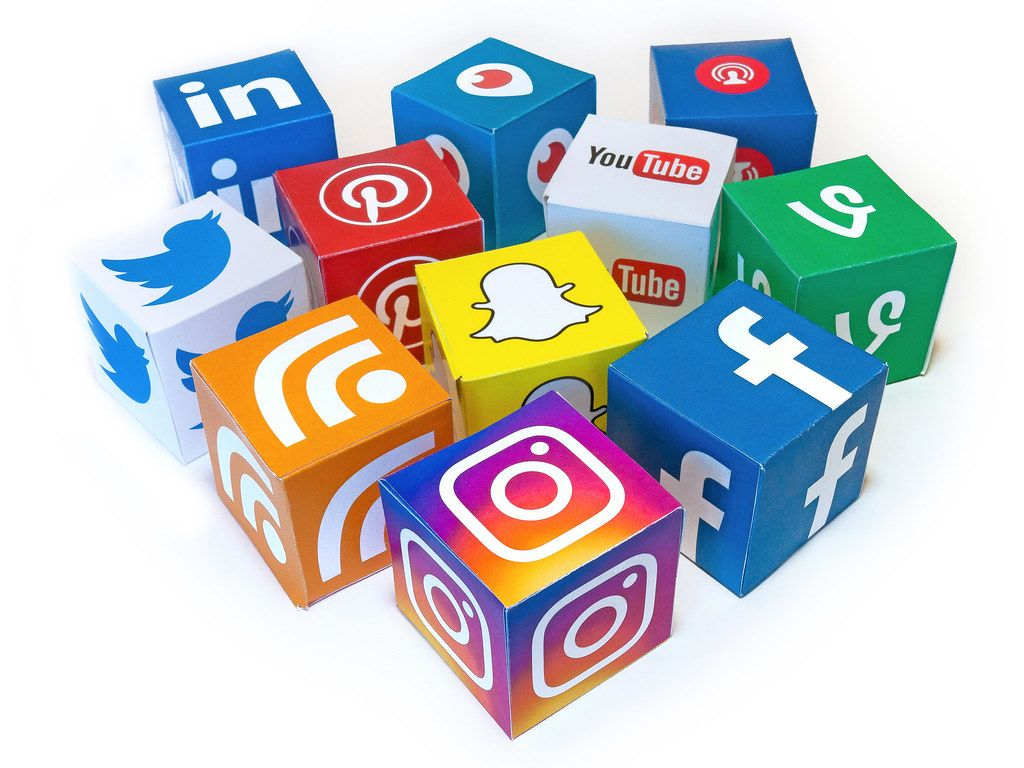
12. **Collaborative Creation & Community Building: Amplifying Reach Through User Participation and Loyal Audiences**
In the era of decentralized content creation, collaborative approaches and robust community building are increasingly powerful drivers of virality. Encouraging User-Generated Content (UGC)—such as reviews, duets, remixes, and challenges—is a highly effective strategy for amplifying reach. When users actively participate in creating or extending content, it not only broadens its footprint but also imbues it with a sense of authenticity and collective ownership.
Partnering with influencers and micro-creators also provides a strategic shortcut to virality. These individuals come with built-in, engaged audiences who trust their recommendations. Their endorsement or participation can rapidly accelerate adoption within specific communities before content spreads more broadly. This leverages established network effects, transforming a single piece of content into a shared experience across multiple interconnected networks.
Beyond initial collaborations, nurturing an active community is essential for sustained virality. Engaging with comments, responding to direct messages, and building “superfan” communities fosters loyalty and ensures that content has dedicated advocates who help spread it further. Brands that actively interact with their audience not only see higher algorithmic reach but also cultivate a loyal base that acts as a powerful, organic amplification engine, turning passive viewers into active participants and promoters.
The journey to understanding what truly makes content go viral reveals a fascinating interplay between human psychology and strategic execution. While the initial six principles focused on the intrinsic psychological triggers that compel sharing—emotion, relatability, social currency, the familiarity-novelty balance, storytelling, and simplicity—these final six underscore the crucial role of tactical implementation. From delivering practical value and mastering algorithmic optimization to capitalizing on trends, crafting compelling visual hooks, embracing agility through testing, and fostering community through collaboration, virality is far from a mere stroke of luck. It is, in fact, a complex yet decipherable science. By diligently applying these interconnected psychological drivers and strategic approaches, creators and brands can significantly increase their odds of making a profound and lasting impact in the dynamic digital world, transforming fleeting moments into widespread phenomena.



